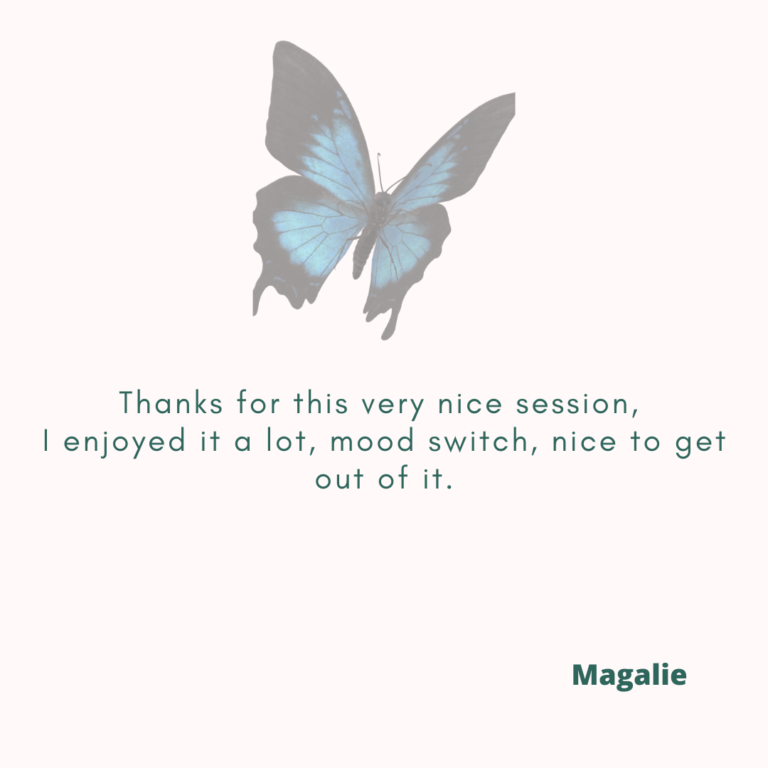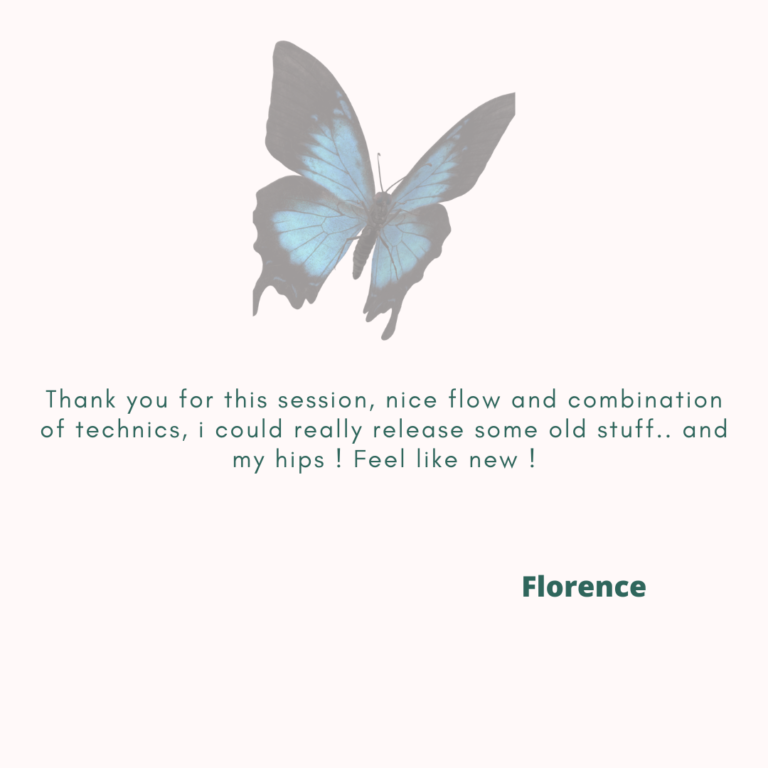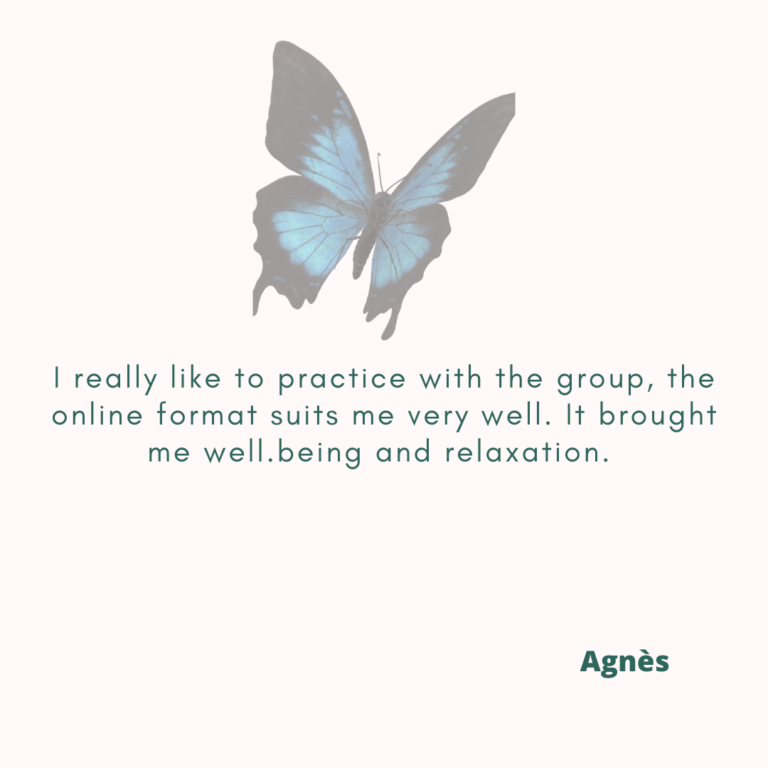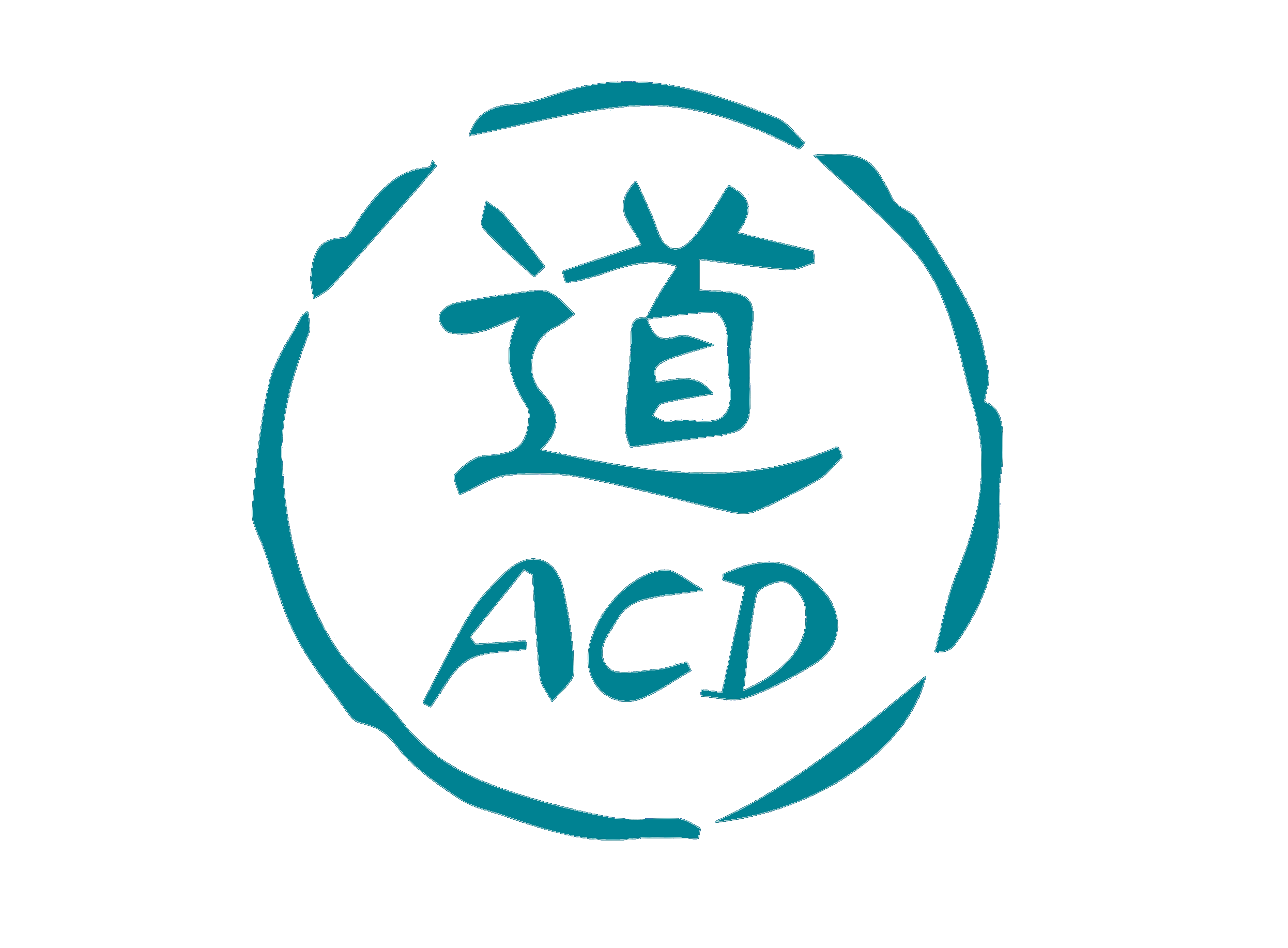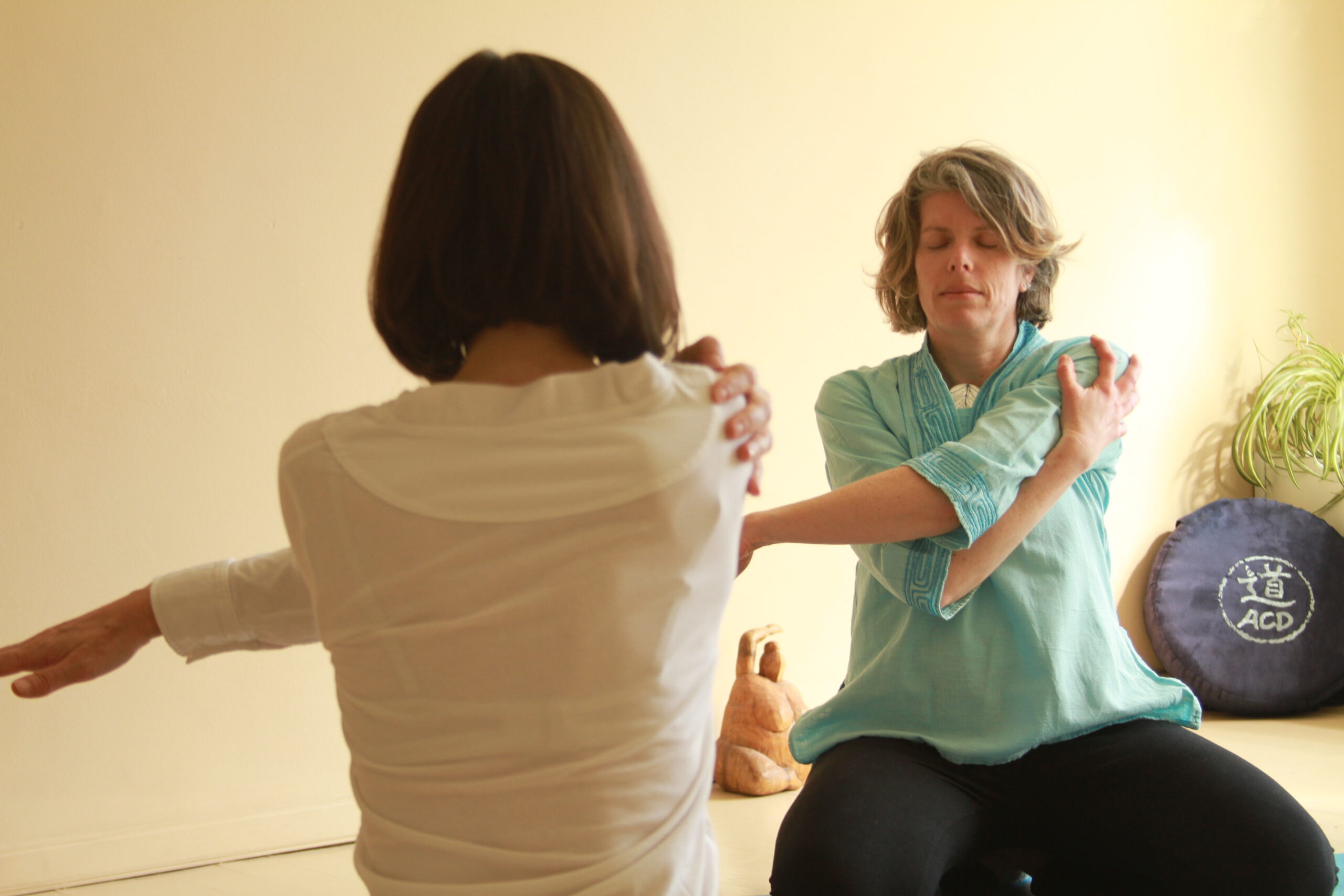
Being a shiatsu therapist, you learn and practice exercises which support your own Ki. The Do-In has been developed by Japanese shiatsu practitioner, based on the meridians lines.
As a therapist, I completed my training by getting a Do-In teacher certification, in order to support the people I treat further, to enable them to get a “self-shiatsu”. I really like the creativity around Do-In, it is based on the meridians’ lines, the seasons and also the need of the practitioner at that moment.
In a Do-In session, the association of gentle stretches, to open and prepare the meridian lines, with the pression of tsubos (acupoints) is very efficient to restore Ki flow and support our health. From a simple exercise, pressing a tsubo to a duo practice, when you support each other Ki, the sessions are never the same. In my Do-In classes, I always combined with the breath, to guide us toward the inner landscape of our bodies.
DO: means to open the passages to promote the circulation of the vital energy
IN: means to move and extend one’s joints for this purpose.
